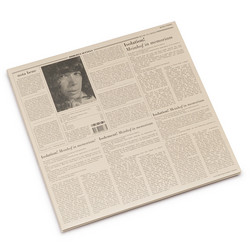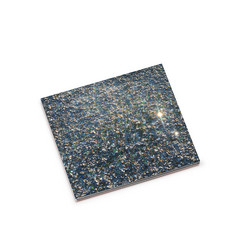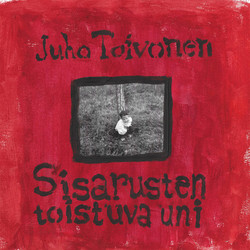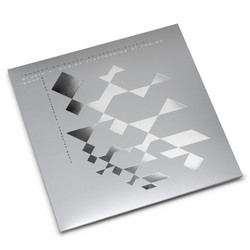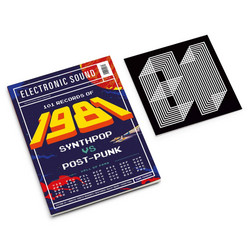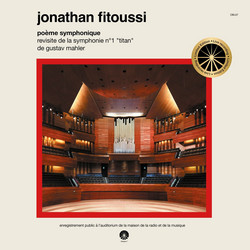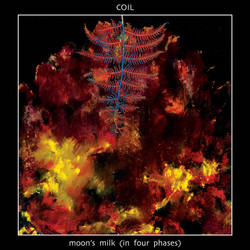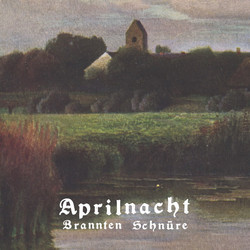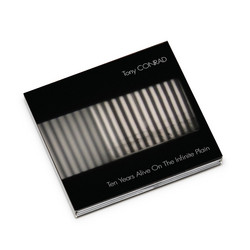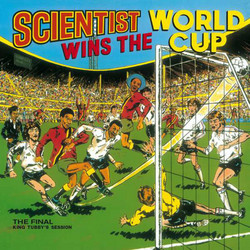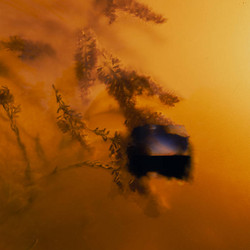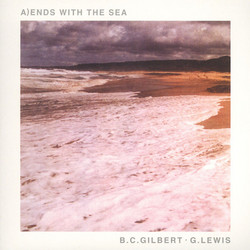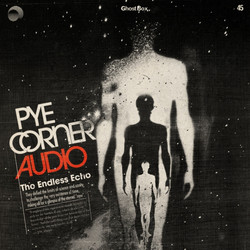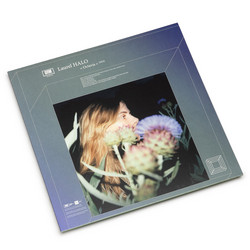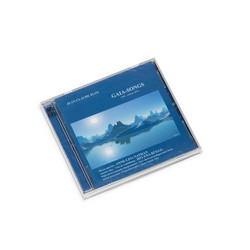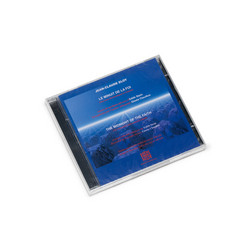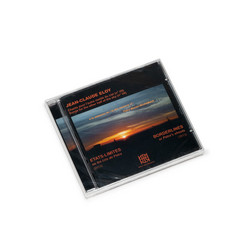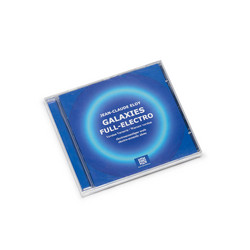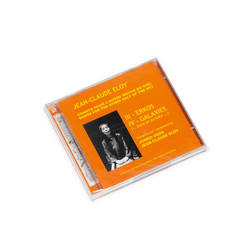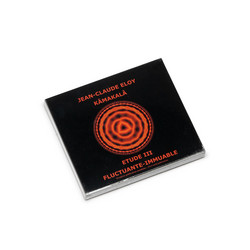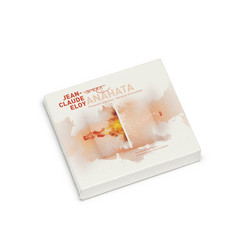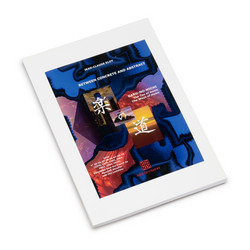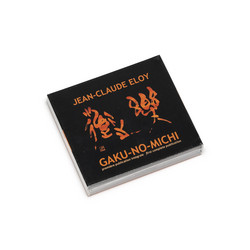'Of a Forgotten Star' (1986), electro-acoustic part alone from Sappho hiketis. Originally, this work was part of Anâhata but did not end up in its final production. It was later used as a supporting structure for the Sappho hiketis piece with the solo vocal parts especially written for Fatima Miranda and Yumi Nara. During the electro-acoustic production of Anâhata this mixing was entitled Indian-Plates. The basic material is exclusively made of prerecorded sounds from metal percussion instruments (sampled in 1984 in the early stage of the production of Anâhata with Michael W. Ranta, Asian Sound, Cologne).
'The Great Wave' (1991) (a tribute to Hokusai), electro-acoustic part alone from She (from the Gaia-Songs cycle). This work was originally realized to fit into Erkos but was not used in the final production. It was later integrated into the Gaia-Songs cycle for the fourth piece: She (The consecrating mother) based on Anne Sexton's poem (integral part of Two American Women) serving as a backbone for a written piece completed in keeping with the sung-spoken voice technique (Sprechgesang). During the production of Erkos this terminal mixing was entitled Biwa-Tutti because of the various Biwa sounds and glissandi that were stacked and sampled at the studio by Junko Ueda, solo performer for Erkos. This work was completed in 1990-91 at the WDR (Westdeutscher Rundfunk) Electronic Studio of Cologne.
ETUDE IV: POINTS-LIGNES-PAYSAGES (1979)
(ETUDE IV: POINTS-LINES-LANDSCAPES)
Production électroacoustique : UPIC : Unité Polyagogique Informatique du CEMAMu
CEMAMu : Centre d'Etude de Mathématique et d'Automatique Musicales
Studio de Iannis Xenakis, CNET, Issy-les-Moulineaux
... D'UNE ETOILE OUBLIEE (1986)
(partie électroacoustique seule de "Sappho hikètis")
Electro-acoustic productions / Productions électroacoustique :
Main production / Production principale: Electronic Music Studio from the Sweelinck Conservatory, Amsterdam
Studio de Musique Electronique du Conservatoire Sweelinck, Amsterdam
With contributions and help from the following institutions / Avec des contributions et des aides des institutions suivantes:
- INA-GRM, Paris
- Technische Universität (TU), Berlin
- Studio ART, Genève
LA VAGUE (1991) - Hommage à Hokusai
(partie électroacoustique seule de "She" - quatrième partie de "Gaia-Songs")
Electro-acoustic production:
Elektronische Musik Studio, WDR (West Deutscher Rundfunk), Cologne
Studio de Musique Electronique, WDR (West Deutscher Rundfunk), Cologne
